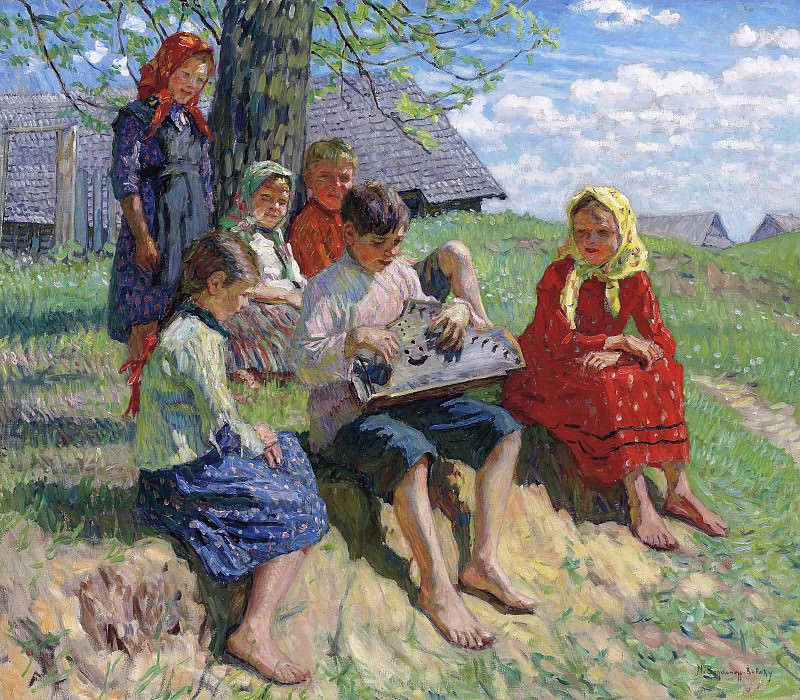How the musical instrument gusli appeared  Automatic translate
Automatic translate
The gusli is one of the most ancient musical instruments, which has deep roots in the history of Eastern Europe. This instrument has a special significance in Russian culture, being part of national folklore and traditional music.

History of origin
Ancient roots
Russian gusli appeared in ancient times, and the exact time of their origin is difficult to establish. The earliest mentions of the gusli date back to the 11th century, but many historians believe that the instrument existed long before that time. The harp may have evolved from ancient Asian instruments, such as the Chinese guqin or Persian santur, which were brought to Rus’ via trade routes.
First mentions
One of the first written mentions of the gusli is contained in the Tale of Bygone Years, a chronicle compiled at the beginning of the 12th century. The chronicle tells about the Kiev prince Svyatoslav Igorevich, who, according to legend, loved to listen to guslars. This indicates that already at that time the harp was widespread and popular among the nobility.
Design and varieties
Psaltery design
Gusli is a stringed instrument that consists of a wooden body and strings stretched across it. The body was usually made from a single piece of wood, which gave the instrument strength and a special sound. The strings were made of intestinal material or metal, and their number could vary from a few to several dozen.
Varieties of gusli
There were several varieties of gusli, differing in design and method of playing:
- Helmet-shaped harp. These harps had a body in the shape of a helmet or a semicircle and were common in the north-west of Rus’. They played them by placing the instrument on their knees and plucking the strings with their fingers or a plectrum.
- Wing-shaped harps. This type of gusli had the shape of a wing and was popular in the territory of modern Ukraine and southern Russia. They were also played by holding the instrument on the lap or on a table.
- The gusli is ringing. These harps had several rows of strings and were used to perform complex melodies. They had a louder and brighter sound.
Evolution of the gusli
Middle Ages and Renaissance
In the Middle Ages, the gusli remained an important musical instrument in the life of the East Slavic peoples. They were used in both folk and church music. Gusli accompanied songs, dances, and was also performed in orchestras.
During the Renaissance, interest in the harp waned somewhat, as it was replaced by new musical instruments from Western Europe, such as the lute and harpsichord. However, the harp continued to be used in folk music and retained its popularity among peasants.
New time and modernity
In the 18th and 19th centuries, the harp experienced a revival of interest. Russian composers began to include them in their works, which helped popularize the instrument. The gusli became a symbol of Russian folk music, and its use expanded in concert venues.
In the 20th century, interest in the gusli continued to grow. The instrument began to be taught in music schools and conservatories, and was also used in modern musical genres. Today, the gusli remains part of the history of Russian musical culture.
You cannot comment Why?